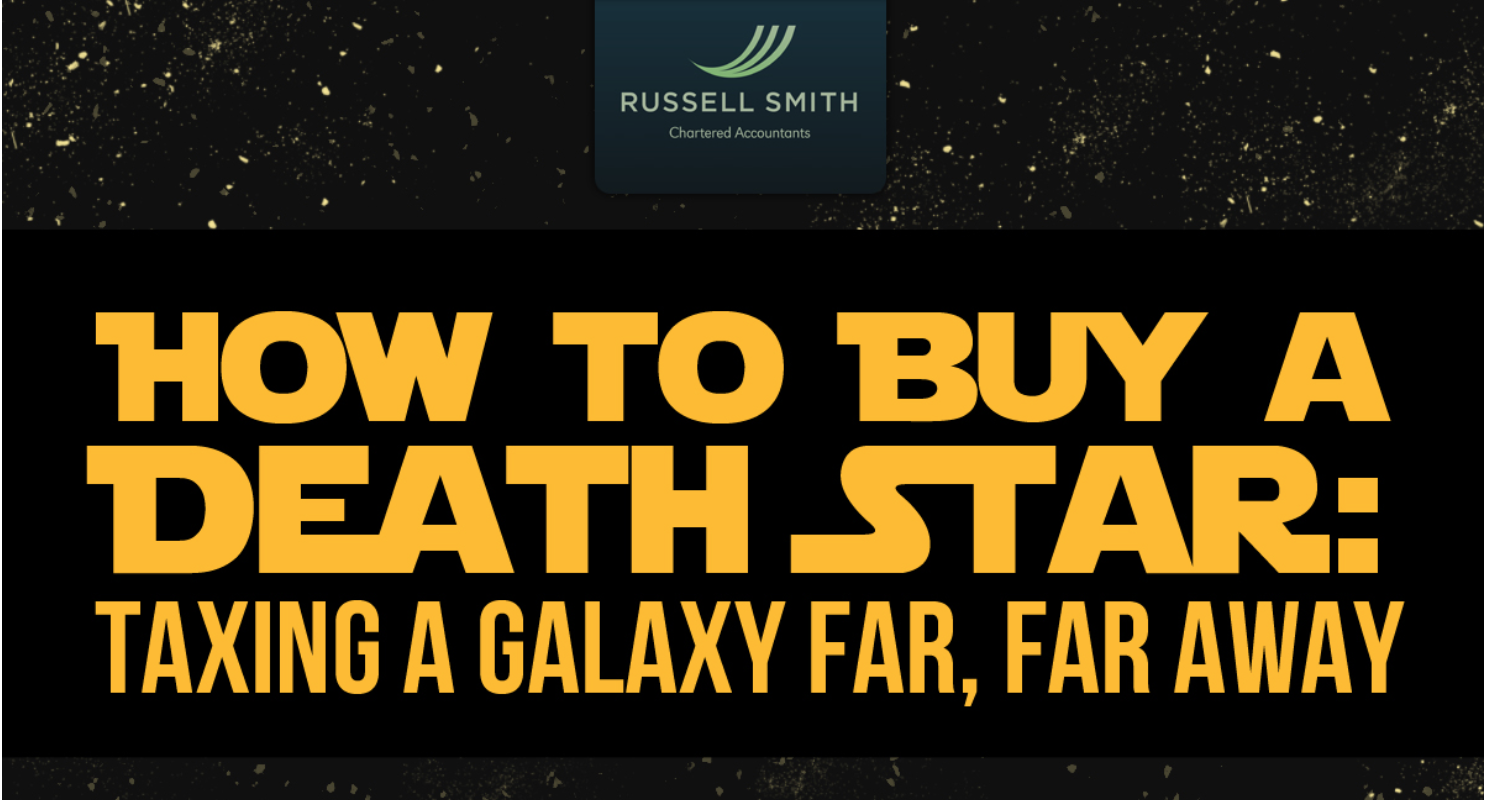Business
Intergalactic Investment Failure: What Your Startup Can Learn From Star Wars
The Death Star was a colossal investment. Undertaken by the Imperial Empire, in terms of our lonesome blue planet economy, it would cost a little under $1 quintillion — more than 13,000 times the GDP of planet Earth.
And yet, after all that, the Death Star was an undeniable failure.
After 20 years of construction, the Death Star survived less than a year on the battlefield before it was destroyed. For an organisation like the Empire, this represents a massive investment failure. Startups can learn from business failures like this one, even if it was a work of fiction from Star Wars
No matter if you’re from London or a galaxy far, far away, the same rules of good business practice apply. The Empire, a thoughtless organisation lusting for greater power, didn’t follow good business practice when investing in their enormous, space-bound headquarters and they paid the price.
So, what can we learn from business failures such as that experienced by the Imperial Empire and their vastly expensive Death Star? A venture that ultimately led to the destruction of the organisation itself.
As it turns out, plenty. But first, we have to understand one thing:
Was the Death Star Really a Failure?
The cost of nearly $1 quintillion does sound like quite a sum, but what does that sort of money mean for an intergalactic governing body that controls an array of solar systems? Well, a lot.
In the infographic below, the team at Russell Smith Chartered Accountants looked at how affordable a Death Star really is — and the answer was quite surprising.
Galactic Tax Returns: How Tax Helped Build the Death Star [Infographic]

The Galactic Tax Returns: How Tax Helped Build the Death Star [Infographic] infographic was brought to you by the team at Russell Smith Chartered Accountants.
So, while the Empire could definitely afford a Death Star, the cost was gargantuan. So much so, in fact, that it equates to more of an expense — in terms of percentage — to the Imperial Empire than the Second War War was to America.
Clearly, then, the oversights that doomed the Death Star were costly in so many ways, but what can we learn from a business failure like this?
Branding Campaigns Should Be Carefully Considered
Branding is absolutely crucial for startups. In a world of noise, you have to make your voice stand out from the crowd. You’ve got to show investors and customers why you are different; why you are worth their hard-earned cash.
This means you have to take a pretty hard line with your branding choices; a soft and stereotypical voice isn’t going to get you noticed. You have to use your branding to show what makes you better than everybody else. Take NanIt, a new baby monitor product. Their branding, “a baby monitor that thinks”, has been acclaimed by investors. This impactful form of branding, of being the most advanced baby monitoring you can buy, has turned a lot of heads.
But while you need to make waves, you also have to be careful.
The Death Star was the ultimate branding symbol. The Empire had the capabilities to control all they surveyed. They didn’t need a planet-destroying weapon to maintain power; instead, it was used to further their voice and branding, to show that they were the ultimate power.
However, by building the Death Star, they created a target on their backs. This branding was so big and strong in a negative way that it allowed those that stood against the regime to band together and use it to their advantage.
Competitors and opponents of your brand will always be looking to get ahead of you or even take your business down. If you give enough people a big branding target they can band together against, you’ll see a highly damaging backlash. Take, for example, BIC, a giant purveyor of stationery. In 2015 they tried to spark interest through branding a new range of pens ‘for her’. This resulted in a huge backlash and immense damage to the reputation of the business.
If you give people the opportunity, they’ll take it. Rock the boat like the Empire or BIC and your startup could be getting off to a very bad start. Be creative, be innovative and be noticeable, but don’t do it in a way that is detrimental to your business; be smart. Give people a reason to look at you, but don’t give them a reason to take you down.
Properly Troubleshoot Your Product Before Launch
The Death Star had a fatal flaw; a flaw which led to its total destruction. If this flaw didn’t exist, there would have been no way to eliminate it.
If your product is like the Death Star — built with a fatal flaw — then it could eventually lead to a catastrophic end to your startup. One such example of a product that was improperly tested is the Samsung Galaxy Note 7. Although the company survived, it incurred massive losses when batteries started spontaneously catching fire, with an incident even occurring on a plane.
Large corporations often have the financial firepower to stave off bankruptcy in such scenarios, but small startups do not.
If the failure of your product would mean an end to your company, it must be tested until all flaws and kinks have been worked out — even if it means delays. A late release is better than a total recall of a product. A hidden problem could destroy your entire business — or Empire.
Don’t Force Staff to Work Projects They Don’t Want To
This section contains spoilers for Rogue One
In the latest instalment of the Star Wars franchise, we discovered that the exhaust port that led to the eventual destruction of the Death Star was actually a design choice, put in place by a “disgruntled employee”. While this is an extreme scenario, it does highlight an issue that many business owners may overlook.
Unhappy employees won’t put in their best work and disgruntled employees won’t want to help you much at all. They may even go out of their way to cause damage, as has happened to many businesses, including the Empire. While you may expect them to just do their jobs and leave if they are unhappy, remember that these are people with financial needs and may have no other option than to work projects they would rather avoid.
The trick here is to learn from the business failures of the Empire and approach the task not just from a “who would be best?” angle but by thinking “who would be invested in this project?”
It may take longer to find the right people and elongate other processes like development, planning or design, but it’s better to have people that are involved and invested than those just doing it for a paycheck; people who will not care if your startup, your baby, is a success or failure.
The Empire “hired” the right person with the wrong attitude, and it cost them very dearly.












